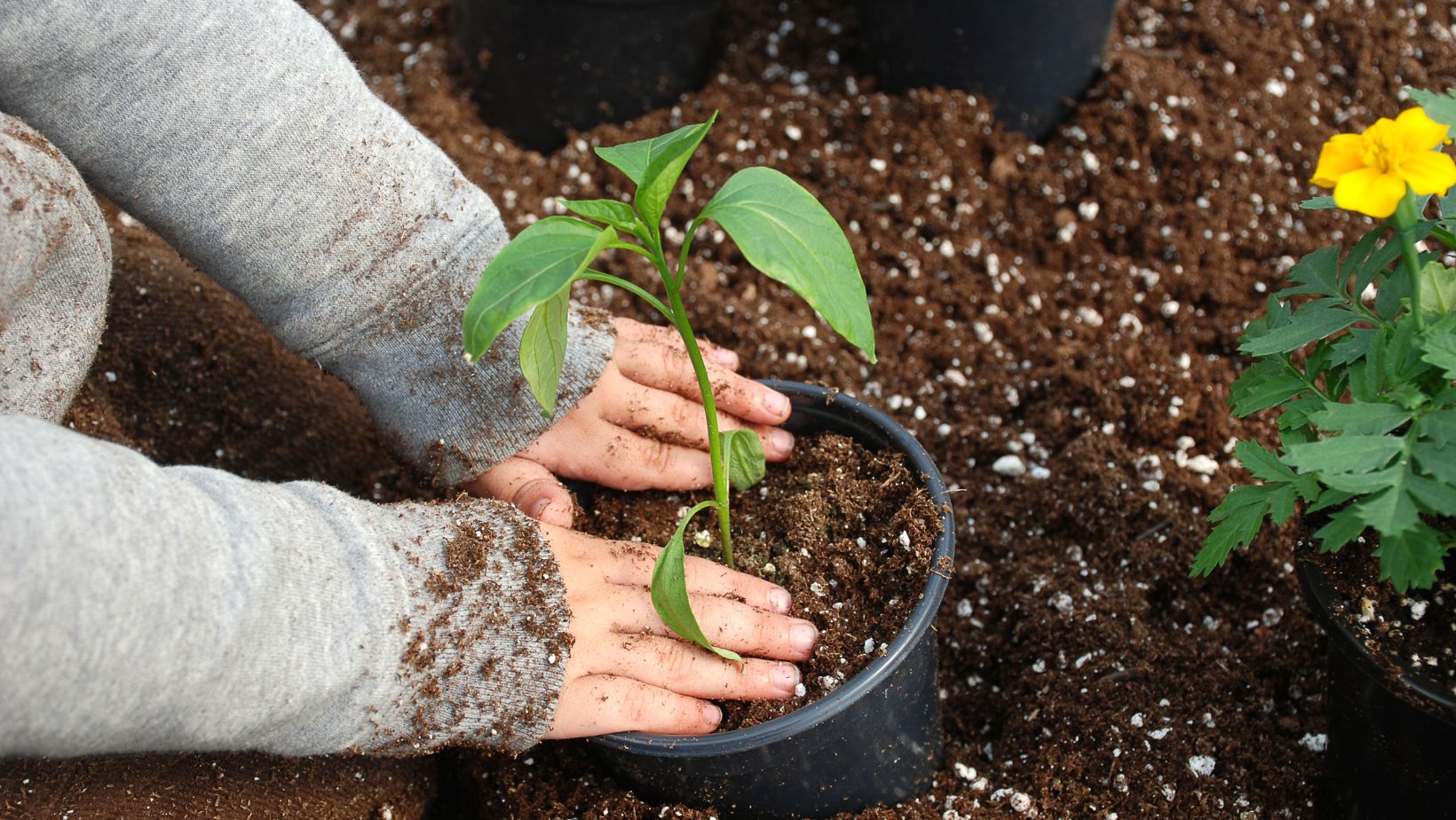Gardening with autoflower seeds represents a significant leap in cultivating plants that are resilient, versatile, and able to thrive with minimal fuss.
Unlike traditional photoperiod-dependent plants, auto flowers transition from the vegetative stage to the flowering stage with age rather than changes in the light cycle. This unique trait makes them an excellent choice for both novice and experienced gardeners seeking a bountiful harvest. This guide delves into the essentials of cultivating a flourishing garden using autoflower seeds, encompassing selection, germination, care, and harvesting techniques.
Understanding Autoflowers
Autoflowering plants are the progeny of Cannabis Ruderalis genetics, a strain known for its hardiness and automatic flowering capabilities. This genetic blend results in plants that are:
- They are shorter in stature, making them perfect for discreet outdoor gardens or limited indoor spaces.
- Rapidly maturing, some varieties are ready for harvest in as little as 8-10 weeks from germination.
The introduction of autoflower seeds has revolutionized gardening by allowing for continuous harvests and reducing reliance on photoperiodic triggers. This trait is particularly beneficial in regions with less predictable sunlight patterns, enabling gardeners to achieve maximum yields irrespective of the season.
Selecting Autoflower Seeds
Choosing the right autoflower seeds is pivotal for your garden’s success. Factors to consider include:
- Strain characteristics: Opt for strains that align with your climate and space. Indica-dominant strains tend to be more compact, while sativa-dominant ones might offer higher yields but require more vertical space.
- Resistance to pests and diseases: Autoflowers are generally resilient, but some strains offer superior resistance to common garden pests and diseases, reducing the need for chemical interventions.
Researching and selecting seeds from reputable sources is crucial. High-quality seeds result in vigorous plants that can fully express their genetic potential, leading to a more productive and satisfying gardening experience.
Germination Techniques
The germination stage is critical for setting the foundation of your garden. Autoflower seeds can be germinated using several methods, each with its own set of advantages:
- Direct soil planting: This mimics the natural germination process, reducing stress on the seedlings by eliminating the need for transplantation.
- Paper towel method: Seeds are placed between moist paper towels and kept warm,

Regardless of the method chosen, ensure your seeds are kept in a warm, humid environment to encourage successful germination. Gentle handling is paramount to avoid damaging the delicate taproot that emerges during this initial phase.
Nurturing Your Garden
Once your seeds have sprouted, providing the right conditions for growth is essential. Autoflowers thrive under a regimen that balances light, nutrients, and water:
- Lighting: Autoflowers do well under 18-24 hours of light per day throughout their lifecycle. This extended exposure maximizes photosynthesis and growth, even though they don’t require light cycle adjustments to flower.
- Nutrients: Start with a light nutrient solution and gradually increase the concentration as your plants mature. Autoflowers prefer a lower nutrient strength compared to photoperiod strains, particularly in nitrogen.
It’s also critical to manage the pH of your soil or hydroponic solution, aiming for a pH of 6.0-7.0 for soil and 5.5-6.5 for hydroponic setups. This range ensures nutrients are readily available to your plants, promoting healthy growth and development.
Harvesting Your Bounty
Recognizing the right time to harvest is key to maximizing the potency and yield of your cauliflower garden. Signs that your plants are ready for harvest include:
- Trichome coloration: Clear trichomes evolve to a milky white and eventually amber, indicating peak cannabinoid synthesis.
- Leaf changes: Yellowing and dropping of leaves signal the plant’s end of life cycle and readiness for harvest.
Harvesting involves cutting the plants, drying them in a controlled environment, and curing the buds to enhance their flavor and potency. Patience during this phase rewards you with a high-quality product that reflects the care and attention invested throughout the growing cycle.
Conclusion
Cultivating a garden with autoflower seeds offers an accessible and rewarding path to gardening success. By selecting the right strains, employing effective germination techniques, and providing diligent care through the growth and flowering phases, gardeners can enjoy multiple harvests of premium quality produce within a single season.

Embracing the nuances of autoflower cultivation yields bountiful harvests and deepens the connection between the gardener and their cherished plants, fostering a sense of accomplishment and harmony with nature.


